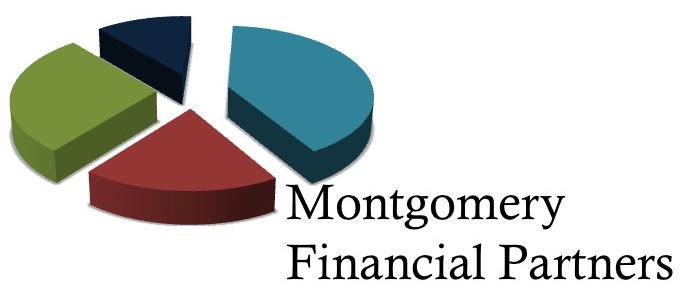Over the course of the pandemic, people have switched employers, left their jobs for retirement, and even returned to work from retirement. When it comes to retirement planning, this can make things a little complicated. You may have had a 401(k) at your previous job and not know what to do with it. You may now first be getting a 401(k) from your employer. In fact, if the SECURE 2.0 Act passes the Senate and is signed into law, employees would automatically contribute 3% to a 401(k), unless they choose to opt out.
Here are some basics to know about starting and moving a 401(k).
What is a 401(k)?
A 401(k) is a retirement account that private sector employees can get through their employer. Public sector workers can get a 457 plan and nonprofit employees can get a 403(b) plan. The most basic benefit of a 401(k) or any retirement account is that it helps you begin planning and saving for the future, even if you are just starting in the workforce. The additional benefit of a traditional 401(k) is that the money you put away doesn’t count towards your taxable income. The income tax is postponed until you begin taking money out of the account, which is usually after retirement. The final benefit is that in order to incentivize workers, employers might contribute a matching amount to your 401(k). For example, if you put 1% of your salary into your 401(k), they will match and put the same amount in annually.
How much should I be putting into my 401(k)?
The honest answer to how much you should be putting into your 401(k) is as much as possible. We recently wrote about the changes coming to retirement planning in 2022, and many of those changes are driven by the fact that people are not saving enough for retirement.
Although the 401(k) plans are sponsored by your employer and they hire a financial professional to administer it, 401(k)s are mostly self-directed. You get to choose how much to put in, what kinds of funds to invest in, and when to start taking money out. At Montgomery Financial Partners, we can provide guidance to clients on their 401(k)s and retirement plans.
What happens to my 401(k) when I leave a job?
What happens to a 401(k) when you leave a job depends on many factors, including how much money you have in the account. Sometimes, you can leave it with your old employer. However, that might not be the most convenient option for you. You also have the option to rollover your 401(k) to your new employer or roll it into an Individual Retirement Account (IRA). An IRA is not sponsored through an employer, so you can start one if you are self-employed or plan to move jobs frequently.
What should I know about starting or moving a 401(k) at a new job?
If you are starting a new job and want to rollover your 401(k), you should talk to your plan administrator. Usually all that is required is paperwork to move money from one account to another. If you want to start a 401(k) at a new job, talk to your HR or benefits administrator to find out what kind of options they offer, if any. While automatic enrollment in a 401(k) plan might be on the horizon soon, it is currently up to employees to enroll and decide how much they want to put into the account.
If you have any questions about your 401(k) or other retirement accounts, don’t hesitate to reach out to us or schedule an appointment.


Recent Comments